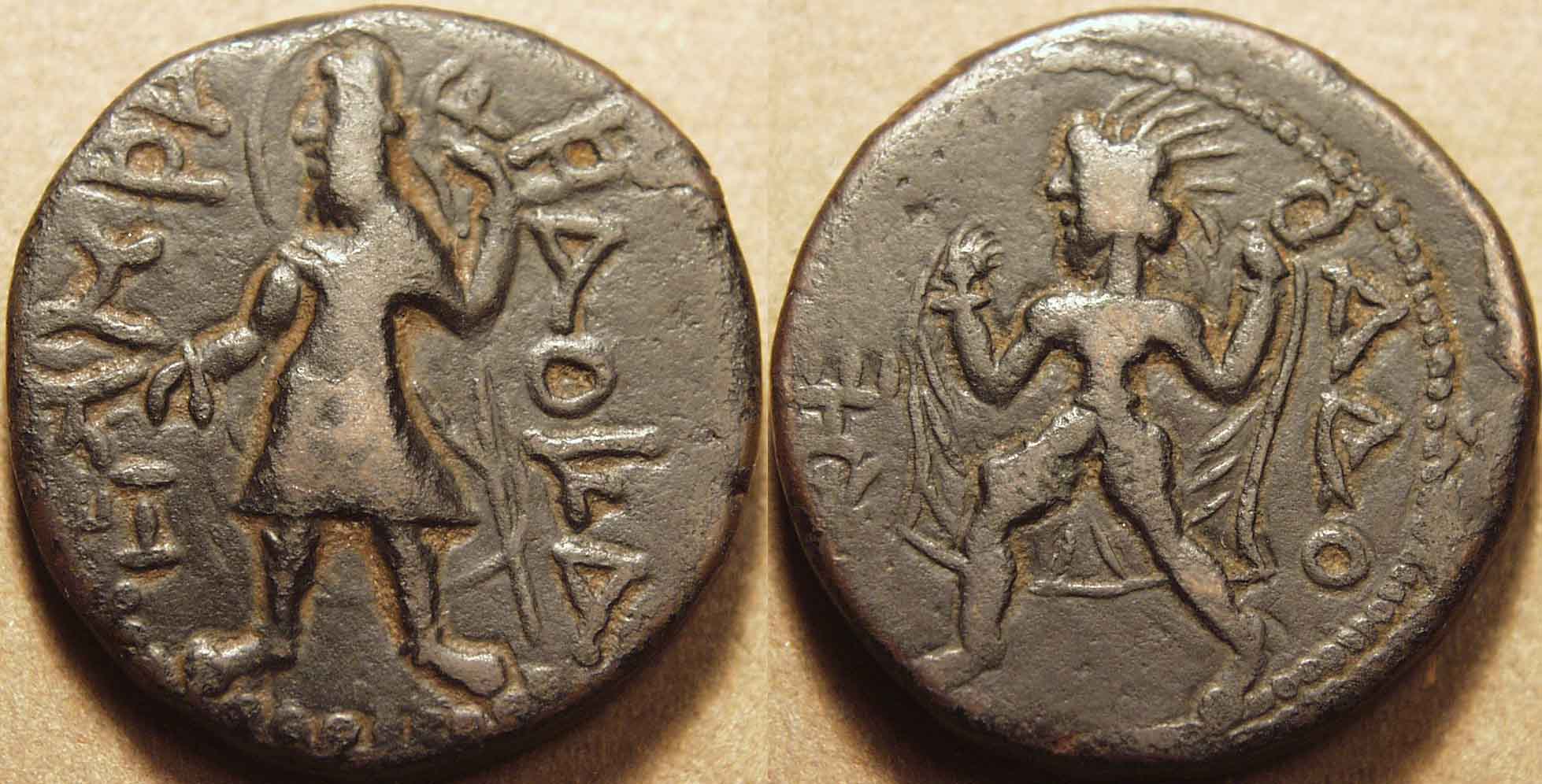
He further mentions in footnote-6 that “This king was perhaps Kanishka himself, Fa-hien mixing up, in an inartistic way, different legends about him. He was the last of three brothers, whose original seat was in Yueh-she, immediately mentioned, or Tukhara.” James Legge has mentioned in the book : A RECORD OF BUDDHISTIC KINGDOMS, chapter XII about the rule of Kanishka in foot note-4 that “Kanishka appeared, and began to reign, early in our first century, about A.D.

He probably spoke an Indo-European language related to Tocharian, and he used the Greek script in his inscriptions. Kanishka was a Kushan of Yuezhi ethnicity. Then, in about 4th Century AD, Nagas conquered their entire territory and made Mathura their capital. The last ruler gave up Buddhism and adopted Vaishnavism. His successors were Vushishka, Huvishka and Vasudeva. In Chinese History he is also described as belonging to Yuehchi ( Yuti) race. His empire included the whole of Northern India extending to the Southern borders of China. He was an ardent follower of Buddhism and contributed a great deal towards its expansion. Nagarjuna a great Boddhisattva then stopped for six days in the woods of Kashmira.Īccording to various writers, this king belonged to Kushana dynasty. From the death of Buddha Shakyashiha to this time of Lokadhatu, one hundred and fifty years had passed. During their long reigns Buddhist hermits were all-power-ful in the country, and Buddhist religion prevailed without opposition. Though they were of Turashka origin, they yet built several monasteries and places of worship on the plains of Shushkaletra. : Kanishka they built three cities and called these after their names, Jushka also caused a monastery to be built and another town named Jayasvamipura.

Rajatarangini tells us that there were on the throne of Kashmira three kings reigning jointly, namely, Hushka, Jushka and

3 Kushanas were Jats - Inscriptional evidences.


 0 kommentar(er)
0 kommentar(er)
